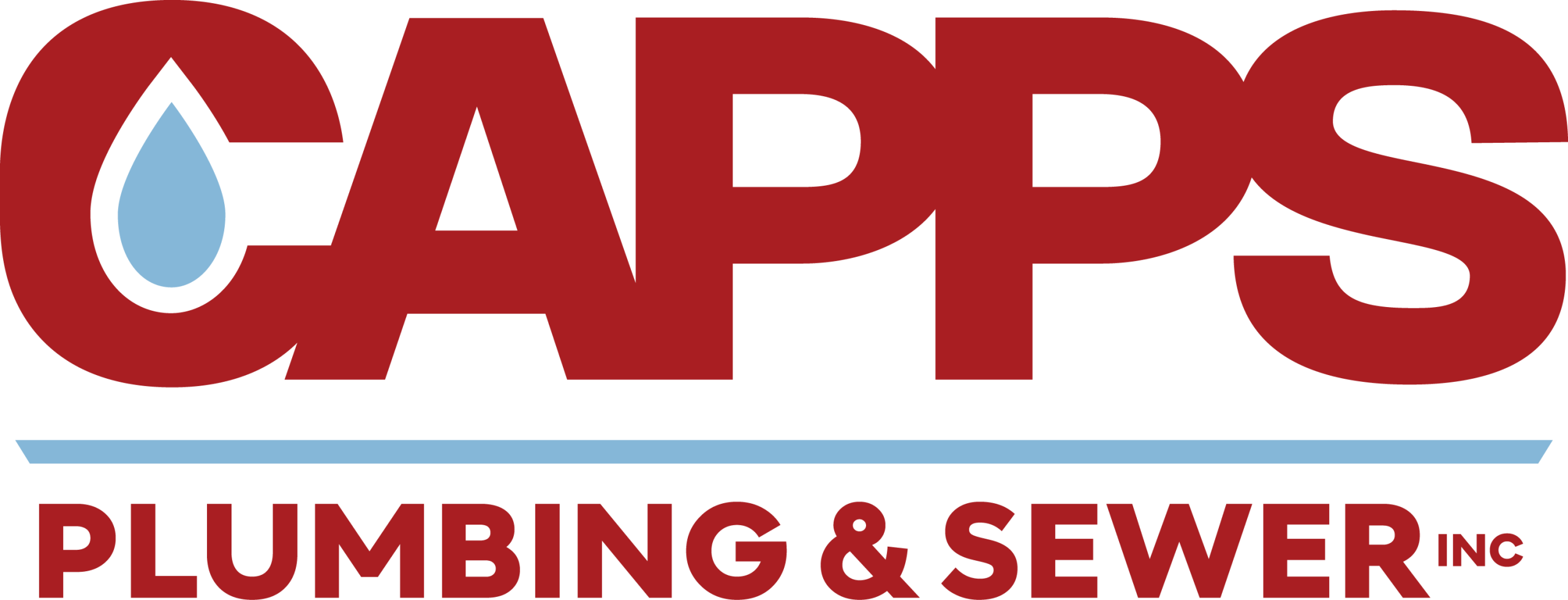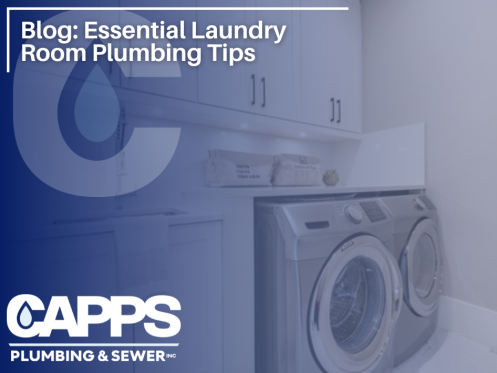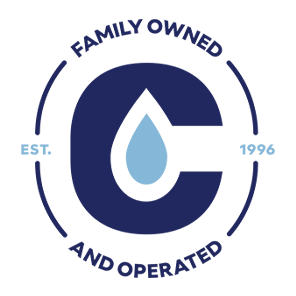Sump pumps keep your basements and crawl spaces at home dry by removing excess water and preventing flooding. However, sump pump failure can lead to water damage, mold growth, and expensive repairs. Addressing sump pump problems timely can prevent these issues.
Sump pump issues can be caused by several factors, from clogs to pump failure and valve issues. You need to check and identify the issues before troubleshooting them. Regularly inspecting the pump is crucial to avoid failure and ensure longevity.
This guide will cover various aspects of sump pump troubleshooting, including identifying common problems, handling excess water flow, dealing with electrical issues, preventative measures, and step-by-step troubleshooting.
What are common problems associated with sump pumps?
Common sump pump issues include pump motor failure, switch problems, clogged discharge lines, and pump running continuously. Regular maintenance and testing can help prevent these issues and ensure your sump pump functions effectively when needed to prevent basement flooding.
Identifying and addressing common sump pump problems early is crucial to prevent water damage and expensive repairs. Here are some common issues that may arise with sump pumps:
- Pump Failure: Sump pumps can fail to operate for various reasons, such as faulty motors, electrical issues, or mechanical failures. Diagnosing the cause of pump failure and taking appropriate steps to resolve it is important.
- Check Valve Issues: Once pumped out, the check valve prevents water from flowing back into the sump pit. If the check valve is not functioning properly, water can flow back, causing the pump to cycle unnecessarily and potentially leading to failure.
- Intake Screen Clogs: The intake screen prevents debris from entering the pump and causing clogs. However, if the screen becomes clogged with dirt, leaves, or other debris, it can hinder the pump’s operation and lead to malfunctioning.
Top Ways to Troubleshoot Sump Pump Issues.
You can execute the following troubleshooting activities once you have identified key sump pump issues.
1. Have a Clog Inspection
Ensure that the sump pump is not clogged with debris. Small objects and debris can accumulate in the sump pit, hindering the pump’s operation. Consider using a sump pump pedestal to elevate the pump above the debris buildup.
2. Examine Floating Switch
The floating switch, also known as a broken float switch, triggers the sump pump’s working cycles. If the switch gets stuck or jammed, the pump may run continuously or stop working altogether. In some cases, pump vibrations may cause the float to lean against the pit wall, causing malfunction.
It’s important to regularly check and clean the floating switch and other mechanical parts of your cheap pumps to prevent clogs and malfunctions, including a damaged impeller. If you encounter any issues, such as a blockage in the discharge pipe or damaged impeller. it’s best to call for professional service.
Make sure to check the exit point of your discharge line to ensure proper drainage and prevent any potential issues with the sump pump. If your pump is running continuously with no water present, it may be due to a blockage in the discharge pipe.
3. Check the Discharge Line
Debris can accumulate and clog the discharge line, preventing water from being effectively pumped. Additionally, water can freeze in the discharge line during winter, causing it to flow back into the pit.
Installing grates at the end of the discharge pipe, such as the LawnScape Outlet, can help prevent debris and small animals from entering the line and causing issues at the end of the line.
Consider using a grated discharge line attachment, like IceGuard, at the beginning of the line to keep water flowing even if the pipe freezes. If you live in a colder climate, it may also be beneficial to add insulation or heat tape to the gravel-lined discharge pipe to prevent freezing.
4. Inspect Check Valve
The check valve prevents discharged water from flowing back into the basement. If the check valve is broken, water may come back, causing the pump to run continuously and wasting electricity. Regularly inspect the check valve and replace it if necessary to maintain backflow protection.
5. Ensure Proper Power Supply
Check if the sump pump has power. Storms or power outages can render electric-powered sump pumps useless. Accidental flips of the circuit breaker or unplugging the pump can also cause it to stop working.
Installing a water alarm can help notify you if the sump pump is not functioning. Consider having a battery-operated backup sump pump as a failsafe in case of power outages.
6. Verify the sump pit size
Ensure that the sump pit is large enough to handle the collected water. If the pit is too small, the pump may run more frequently than necessary, leading to premature burnout. Make sure the sump pit can handle the water volume year-round.
7. Assess pump capacity and durability
Some sump pumps may not have the capacity or durability to handle the water volume in your basement. Models with plastic housings tend to overheat easily or lack sufficient capacity.
Consider investing in sump pumps with cast-iron housings and powerful motors. In cases where a significant amount of water enters the basement, additional pumps may be necessary.
8. Check foundation drains
The sump pump relies on a foundation drainage system to collect and divert groundwater to the sump pit. However, the sump pump may not keep the basement dry if the foundation drains are clogged, collapsed, or improperly installed.
Therefore, consider inspecting and fixing the foundation drainage system, including the sump pump basin, or installing an interior drainage system if needed to prevent sump pump failure and a flooded basement.
Time to Start Your Sump Pump Maintenance
Remember to maintain your sump pump on a regular basis to protect your home from water damage. Regular maintenance and proactive measures can keep it in optimal condition to handle water-related challenges. It is crucial to perform visual checks regularly to ensure that the pump is free from debris and that the water level is correct.
If you have a backup pump, test it periodically to ensure its operation. You can identify any issues early on by conducting routine inspections and preventing potential sump pump issues.
However, if you are wondering how to execute the above-mentioned troubleshooting steps, Capps Plumbing & Sewer can help you with comprehensive pump service. So, why go through the hassle of maintenance work for your sump pump when you can use Capps Plumbing & Sewer? Schedule your service now.




